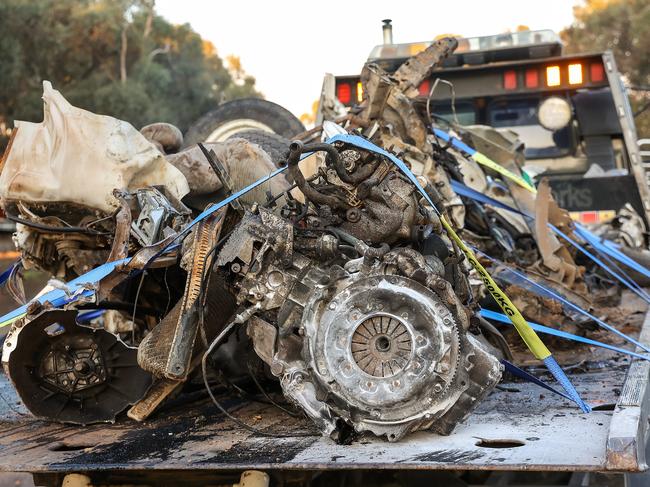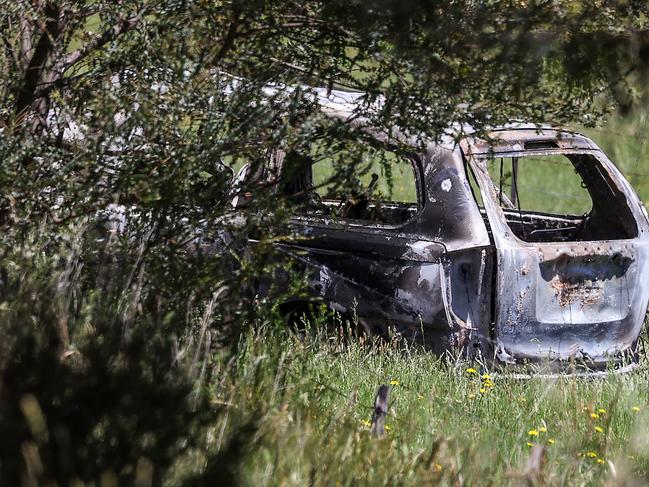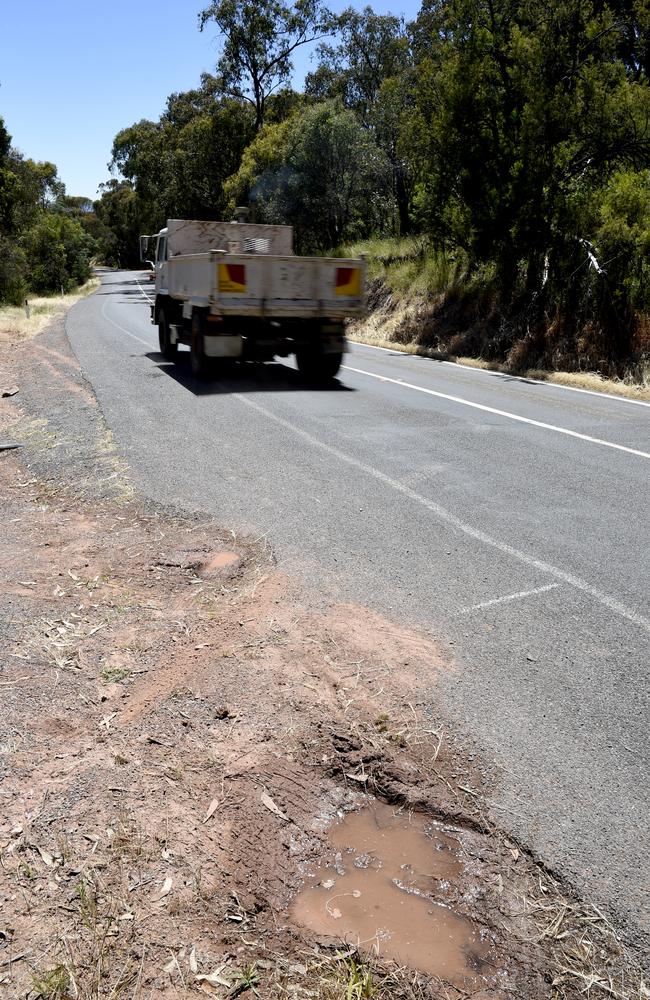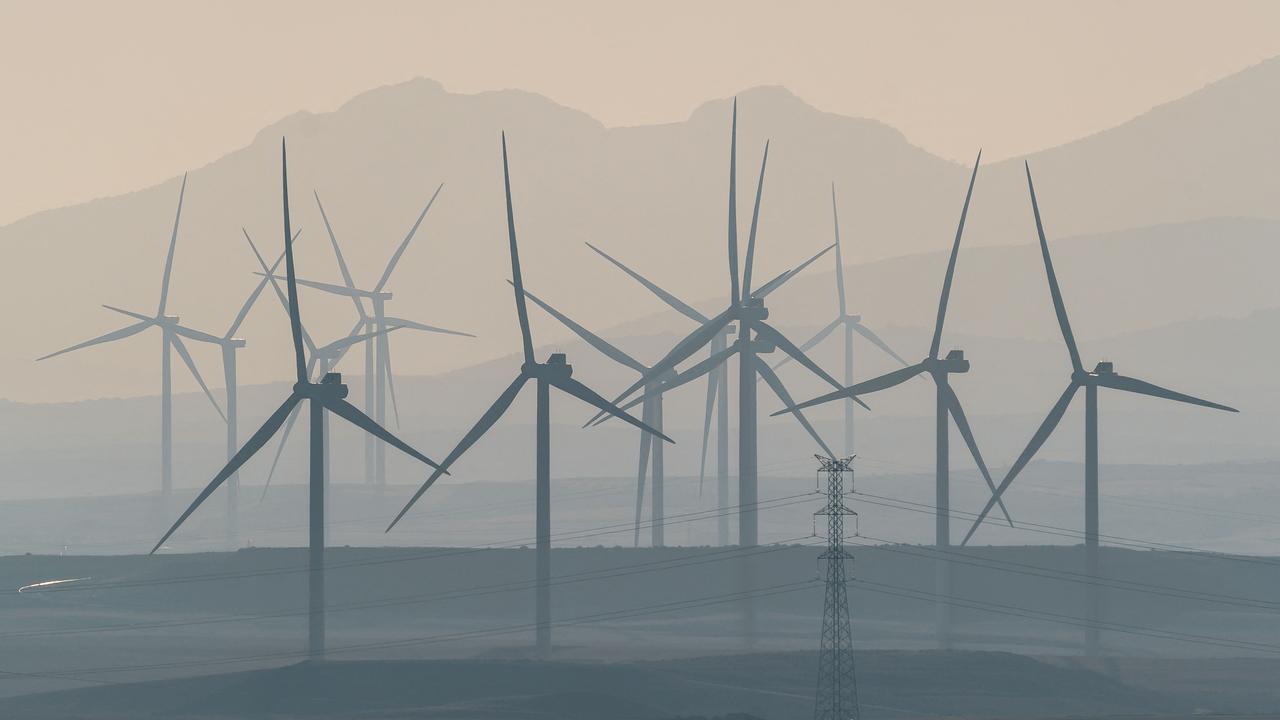Road deaths on regional Victorian roads shock authorities
The lives being lost on regional roads is rising, and is now on track to be more that the number of people dying on metropolitan roads.
The state’s regional road death toll is hitting alarming levels prompting calls for road users to heed the dangers and improve behaviour.
Figures release by Victoria Police reveal the number of regional road users being killed is rising, and is now on track to be more that the number of people dying on metropolitan roads.
Between 2018 and 2023, 729 lives were lost on regional roads just one shy of the 730 deaths on city streets.
A further 92 had died this year, as of August 8 – more than on city roads.
Given less than a quarter of the state’s population lives in regional Victoria, the figure has shocked authorities, especially as it continues to rise.
Furthermore, a separate report looking at roads deaths nationwide, by the Australian Automobile Association, found people in regional areas were five times more likely to die in road crashes than people in cities.
At the time the report was released the Managing Director of the AAA warned “These numbers present a picture that should be of great concern for people and families living across regional Australia.

“We need to understand the factors causing this metro-regional disparity and greater Commonwealth road safety leadership through improved data collection is the key to making this possible.”
Advocates are now calling for a national road toll database to help investigate trends among the growing number of regional and rural roads deaths
In Victoria, Road Policing Assistant Commissioner, Glenn Weir said the number of deaths happening on the state’s roads were “unacceptable”.
“Behaviours like speeding, distraction, failing to give way and fatigue also continue to be major contributing factors in regional road fatalities,” he said.
“And while lives lost on regional roads is slightly below the same time last year, we cannot afford to be complacent.

“It is imperative that all road users remain alert, particularly when travelling on high-speed rural roads – a split second of inattention can be all it takes.
“Motorists should slow down and drive cautiously on unfamiliar roads and take regular breaks when travelling longer distances.”
In recent years there have also been more shocking multi-person fatalities, as well as sing-vehicle fatalities, on regional and rural roads that have also causes concern.
In January 2023, the worst crash in Victoria in a decade saw five lives lost when a ute clipped a car sending it into oncoming traffic in Strathmerton, northern Victoria,
Among the victims was mother Deborah Markey, 62.

In May 2023, three teenagers and a woman were killed in a horrific crash at Bochara, with footage revealing the woman driving had clocked 130km/h before they were all killed.
In November, 2023, four seasonal workers from the Pacific Islands died horrifically when their rented Kia crashed into a tree at burst into flames at Mansfield-Woods Point Road in Piries.
Assistant Comm Weir urged road users to take more care.

He also warned police would continue to be out in force “and won’t hesitate to penalise those who engage in poor driving behaviour that puts themselves and other road users at risk”.
While driver behaviour is the key contributor, road conditions are also playing a role.
TAC Chief Executive Officer, Tracey Slatter said: “Every year, too many Victorians are killed on the state’s regional roads, where crashes on high-speed roads continue to be a challenge.”
“The evidence shows speeding, fatigue, distractions and impairment are major contributing factors to crashes in regional areas, and when travelling longer distances in high-speed zones the consequences are more severe if something goes wrong.”
Victorian roads left to crumble in regions
Victorian roads have been left to crumble as road contractors say they are in limbo with the state government yet to reveal its big 10-year plan on how fix the network.
Local road resurfacing contractors have told the Herald Sun that maintenance works have ground to a halt in some areas of the state as the Allan government and the Department of Transport and Planning, continue to work behind the scenes on a new “strategic” plan to tackle road maintenance over the next decade.
The new approach was announced in October 2023 by Minister for Roads and Road Safety Melissa Horne.
She said a record $6.6bn would be ploughed into the state’s roads, but flagged that first work would need to be done on a “data-driven plan to fix our roads”.
Between October and June 2024, crews have ben sent out to inspect roads, traffic lights and signage, as well as carry out some on-road repairs.
However, insiders say that work has slowed to a crawl as the industry awaits the government to reveal where, when and how works should be done.
One road maintenance worker, speaking on the condition of anonymity, told the Herald Sun they had “no work lined up”.

“We have just been told to wait, meanwhile the surfaces are just getting worse.”.
Shadow Minister for Roads and Road Safety, Danny O’Brien, said “it’s like an episode of Utopia”.
“There’s still very little happening.
“Everyone I’ve spoken to, over resurfacing, they say they are still waiting for contracts for this year and they would normally have them by now. There’s certainly a question mark over what is going to happen.”
Victorian Transport Association chief, Peter Anderson, supported the concept of 10-year plan but said councils needed to be filling the gaps in the interim.
“The councils are just handballing the problem,” he said.
“The Government has allocated $770m to road maintenance this year and hasn’t spent a quarter of it, so councils need to put their hands and saying we want the funds to fix this road.”
Mr Anderson said he appreciated the wait for the plan was frustrating and said he hoped it would include predictive maintenance modelling.
“We know which roads are going to wear down faster than others, we know which roads are used by trucks more than cars and we know where the weather will impact them and we need to treat those roads as a priority and protect them as best we can.”
In May The Herald sun revealed that up to 480 regional roads were currently subjected to speed limit reductions or driver warnings due to their poor state and many had no approved works coming up.
This included large stretches of road at Bullangarook, in central Victoria, and in Longford, in eastern Victoria, which have been reduced from 100km to 60km/h.
Victorian Farmers Federation president Emma Germano said the state of the roads was impacting productivity.
“Our ability to efficiently get produce from the paddock to key export markets is being hampered by our second-rate country road infrastructure,” she said.
Originally published as Road deaths on regional Victorian roads shock authorities


